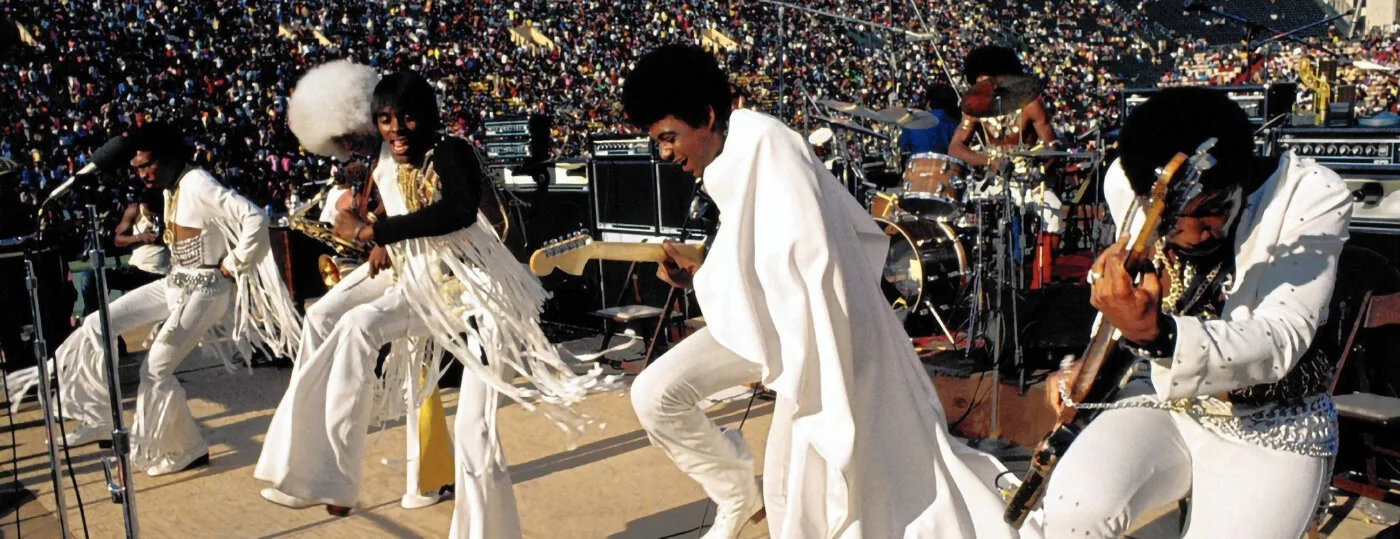Get ready to relive the golden age of music with our radio station! If you grew up in the 1960s or 1970s, our playlist will transport you right back to those fantastic years. We’ve got all the best hits from the 1970s, covering a wide range of genres including pop, rock, R&B, soul, funk, and punk. No matter what your musical tastes, we’ve got something for everyone.
When last did you listen to these great artists?



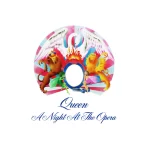
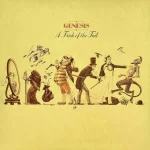
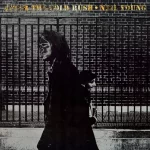

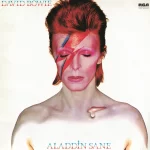

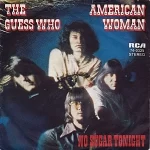








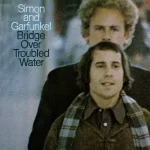


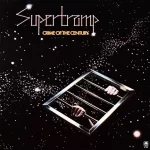












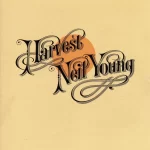



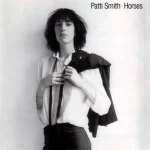

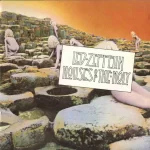





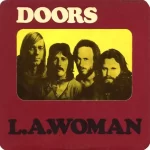


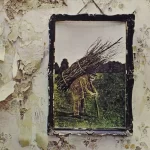






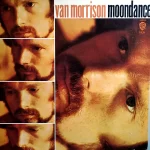
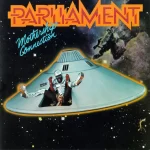








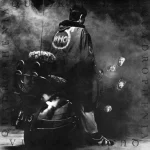
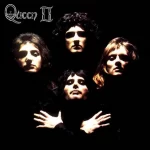


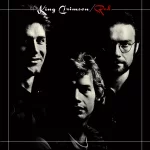
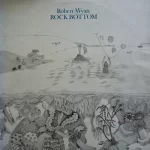


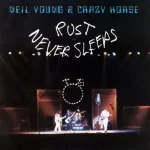





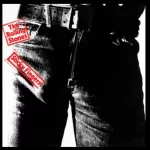


















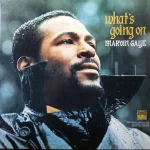


And the best part? It’s easy to listen in! Just use our website player at the bottom of the page for continuous play, or download our Android app by clicking the link below. Don’t miss out on the chance to reconnect with the tunes of your youth – tune in to our radio station today!
One good thing about music, when it hits you, you feel no pain.
— Bob Marley
Listen to 70 Vibe FM Music Radio!
Up Coming Shows:
Online Streaming Services
The music scene in the ’70s was like the United Kingdom in the ’70s – we had a lot of unemployment, we had inflation, we had lot of strikes going on, on a national scale, and a lot of discontent. That was reflected in the music.
— Annie Lennox
Some Facts about the 70's Music Scene
In North America, Europe the decade saw the rise of disco, which became one of the biggest genres of the decade, especially in the mid-to-late 1970s. In Europe, a variant known as Euro disco rose in popularity towards the end of the 1970s. Aside from disco, funk, smooth jazz, jazz fusion, and soul remained popular throughout the decade. It is this influx of popular music that soon transformed into Rock ‘n’ Roll during the Early 1970s.
Rock music played an important part in the Western musical scene, with punk rock thriving throughout the mid to late 1970s. Other subgenres of rock, particularly glam rock, hard rock, progressive, art rock and heavy metal achieved various amounts of success. Other genres such as reggae were innovative throughout the decade and grew a significant following.
A subgenre of classical, film scores, remained popular with movie-goers. Alongside the popularity of experimental music, the decade was notable for its contributions to electronic music, which rose in popularity with the continued development of synthesizers and harmonizers; more composers embraced this particular genre, gaining the notice of listeners who were looking for something new and different.
A subgenre of classical, film scores, remained popular with movie-goers. Alongside the popularity of experimental music, the decade was notable for its contributions to electronic music, which rose in popularity with the continued development of synthesizers and harmonizers; more composers embraced this particular genre, gaining the notice of listeners who were looking for something new and different. Its rising popularity, mixed with the popular music of the period, led to the creation of synthpop. Pop also had a popularity role in the 1970s.
All that stuff about heavy metal and hard rock, I don’t subscribe to any of that. It’s all just music. I mean, the heavy metal from the Seventies sounds nothing like the stuff from the Eighties, and that sounds nothing like the stuff from the Nineties. Who’s to say what is and isn’t a certain type of music?
— Ozzy Osbourne
Subscribe to our News Letter

Join our subscription lists and be informed of future events.

Disco music in the ’70s was just a call to go wild and party and dance with no thought or conscience or regard for tomorrow.
— Marthe Reeves






